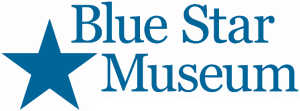Landmark Park’s full-dome Digitarium Planetarium allows students to experience the night sky in a truly unique way! From full-dome movies to live presentations, these programs allow students to learn more about space and the night sky while being surrounded by the stars!
3rd-8th Grade Planetarium Programs
45 minute Planetarium Programs: $8/student
Planetarium Movie: $5/student
Planetarium Program: Seasonal Stars & Stories
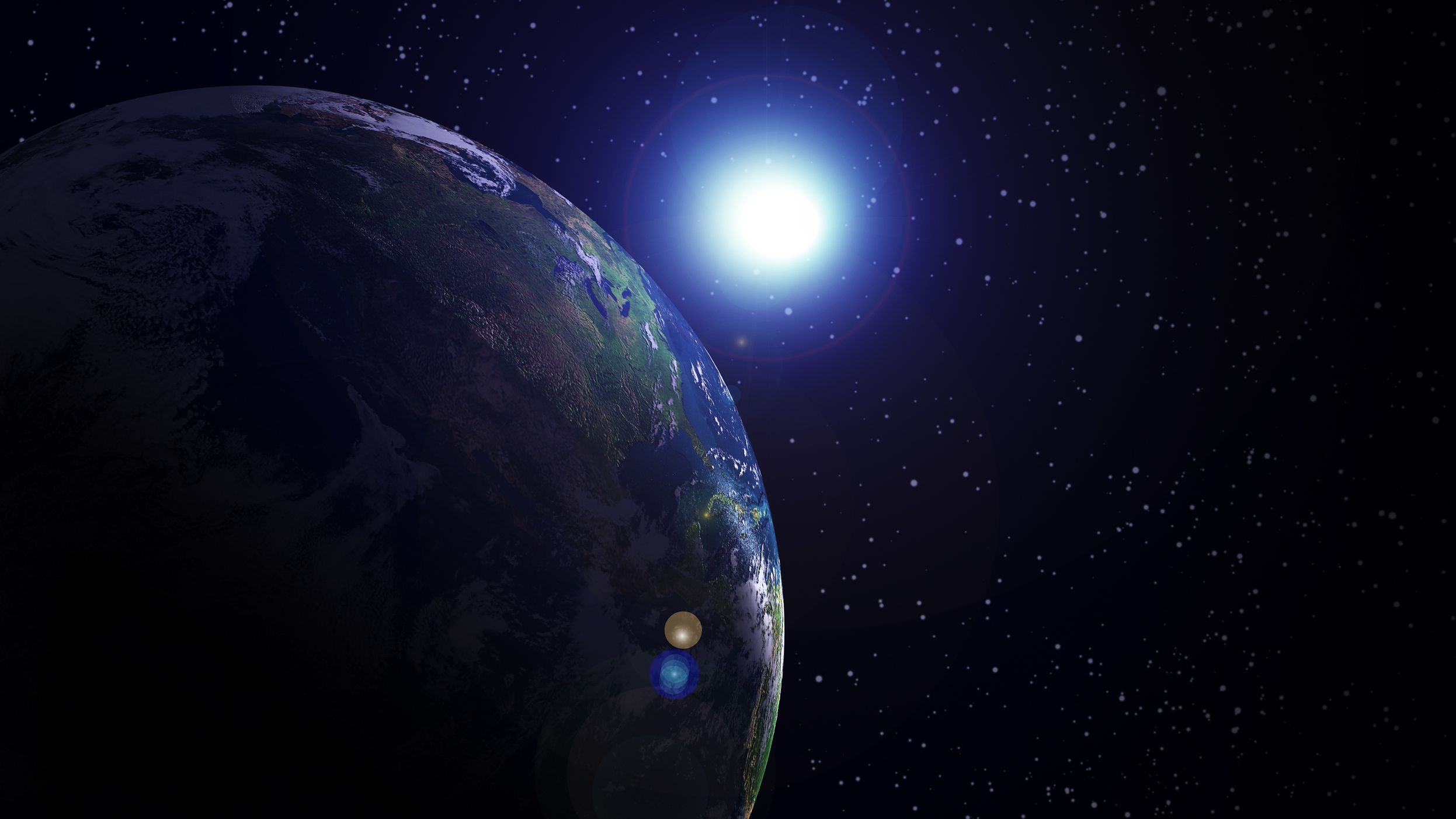
Overview: In this program, students will experience the night sky in our state-of-the-art digital planetarium. Set to Landmark Park’s latitude and longitude, our planetarium allows students to learn about what will be visible that night, as well as learning the mythology associated with the stars and constellations. This fully immersive presentation is one you won’t want to miss!
Principles:
- We can see stars in the night sky, as well as the moon and some planets.
- The stars, planets, and the moon differ from each other.
- There is a difference between reflecting and emitting light.
- Different stars and constellations are visible different times of the year.
Key Terms: astronomy, constellation, mythology, circumpolar, asterism, speed of light, magnitude, reflecting light, emitting light, star, planet, moon
Planetarium Program: Planets
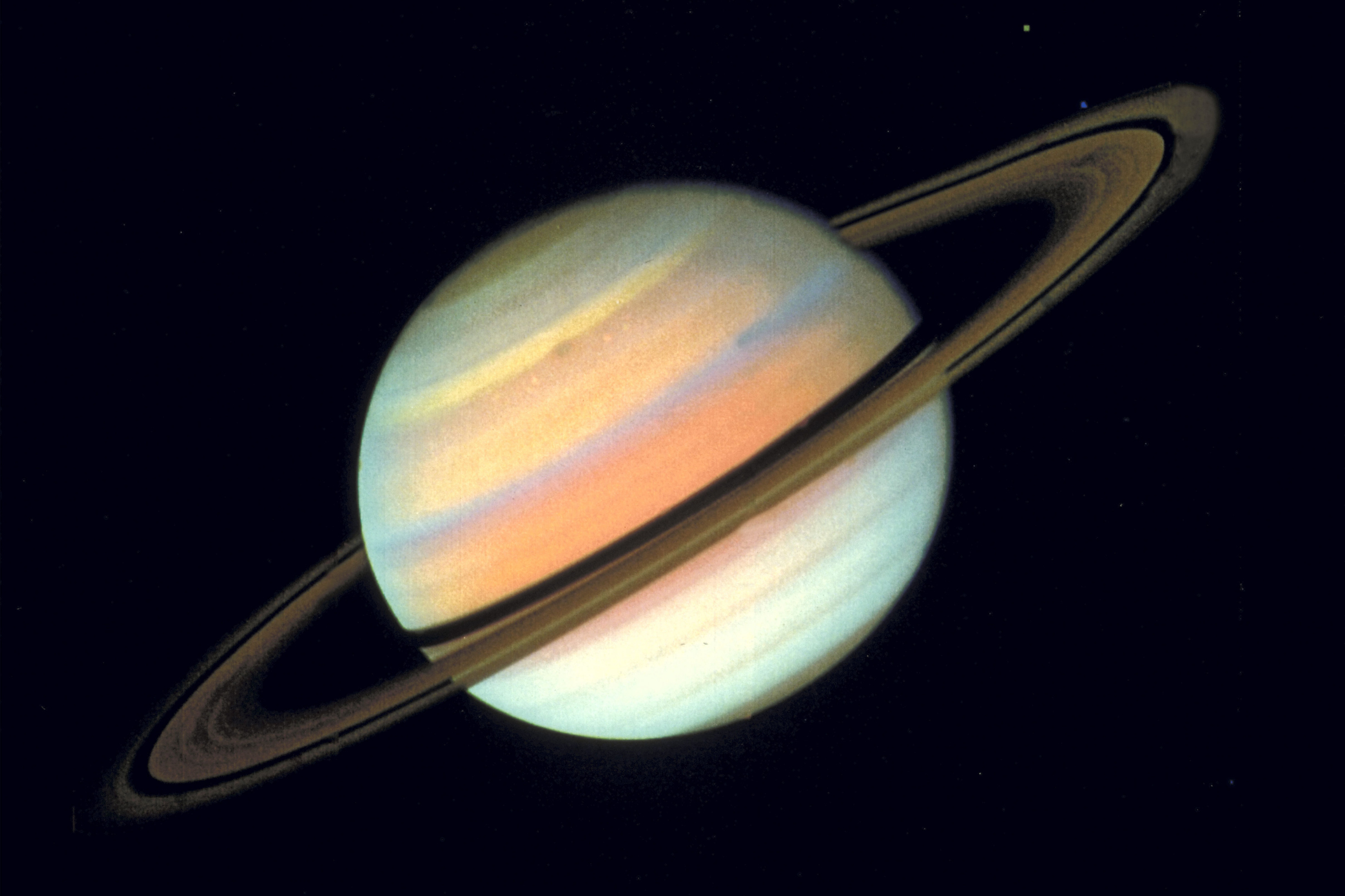
Overview: Through hands-on activities in our full-dome planetarium, students will learn about the planets in our solar system, what makes each planet unique, and how to find planets in the night sky.
Principles:
- Planets and stars differ from each other in many ways.
- Each planet has unique characteristics and only one planet has the characteristics needed to support life.
- The planets move in prograde or retrograde motion.
Key Terms: planet, star, gas giants, Great Red Spot, prograde, retrograde, moon, galaxy, dwarf planet, asteroid, greenhouse effect, orbit, planetarium, revolve, rotate, sun
Planetarium Program: Stellar Lunar
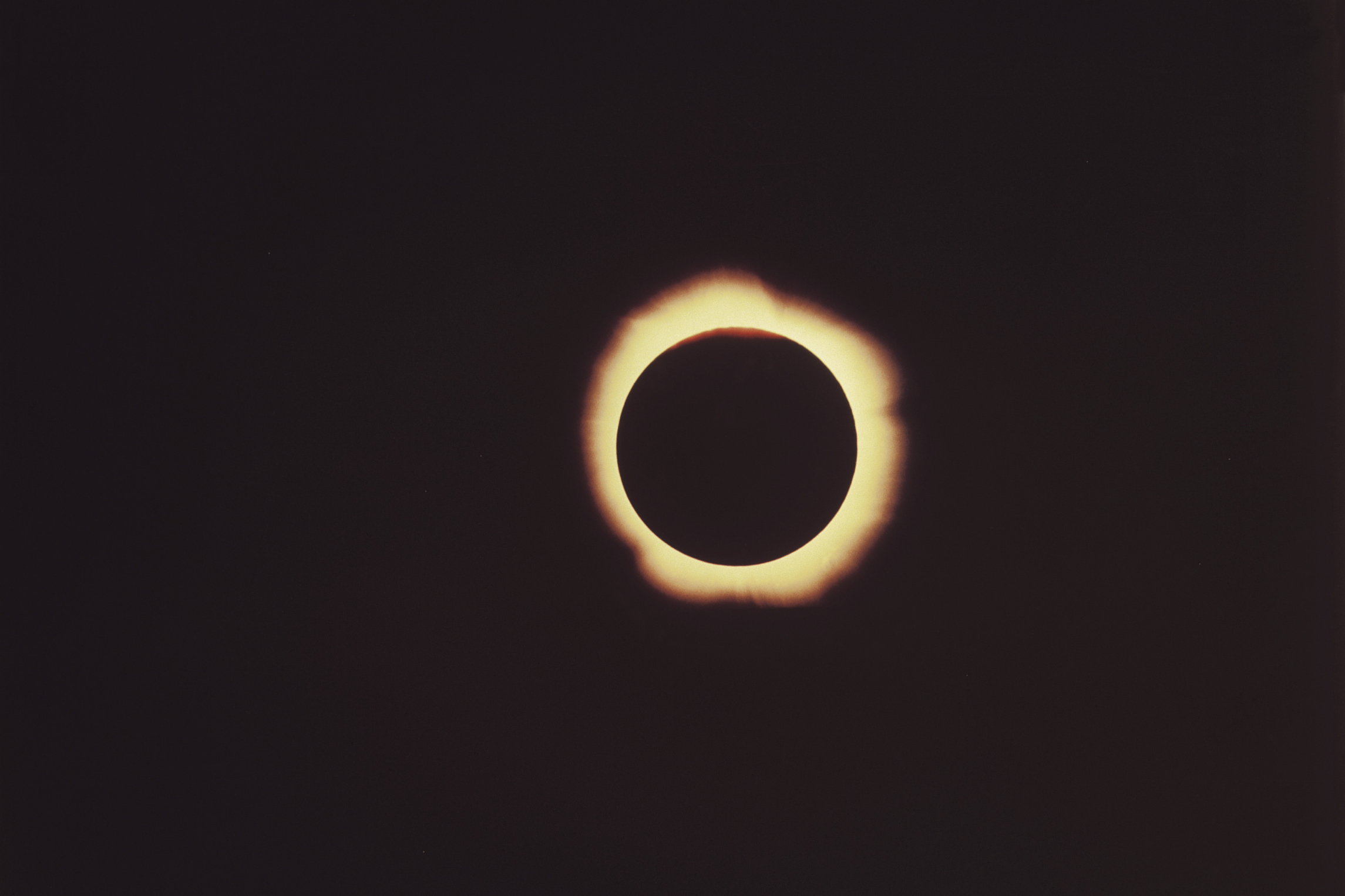
Overview: Here on Earth, we see two space objects every day, the Sun and the Moon. The Sun and the Moon have a unique relationship with each other and with the Earth. In this program, learn how the Sun and the Moon are important to life here on Earth.
Principles:
- The Sun is responsible for all life on Earth, but the Sun is just an “average” star.
- The Moon goes through phases as it travels around the earth.
- The Moon is the Earth’s own satellite.
Key Terms: Sun, Moon, rotation, waxing crescent, first quarter, waxing gibbous, full moon, waning gibbous, third quarter, waning crescent, new moon, constellation, mythology, circumpolar
Planetarium Program: Moons of the Solar System
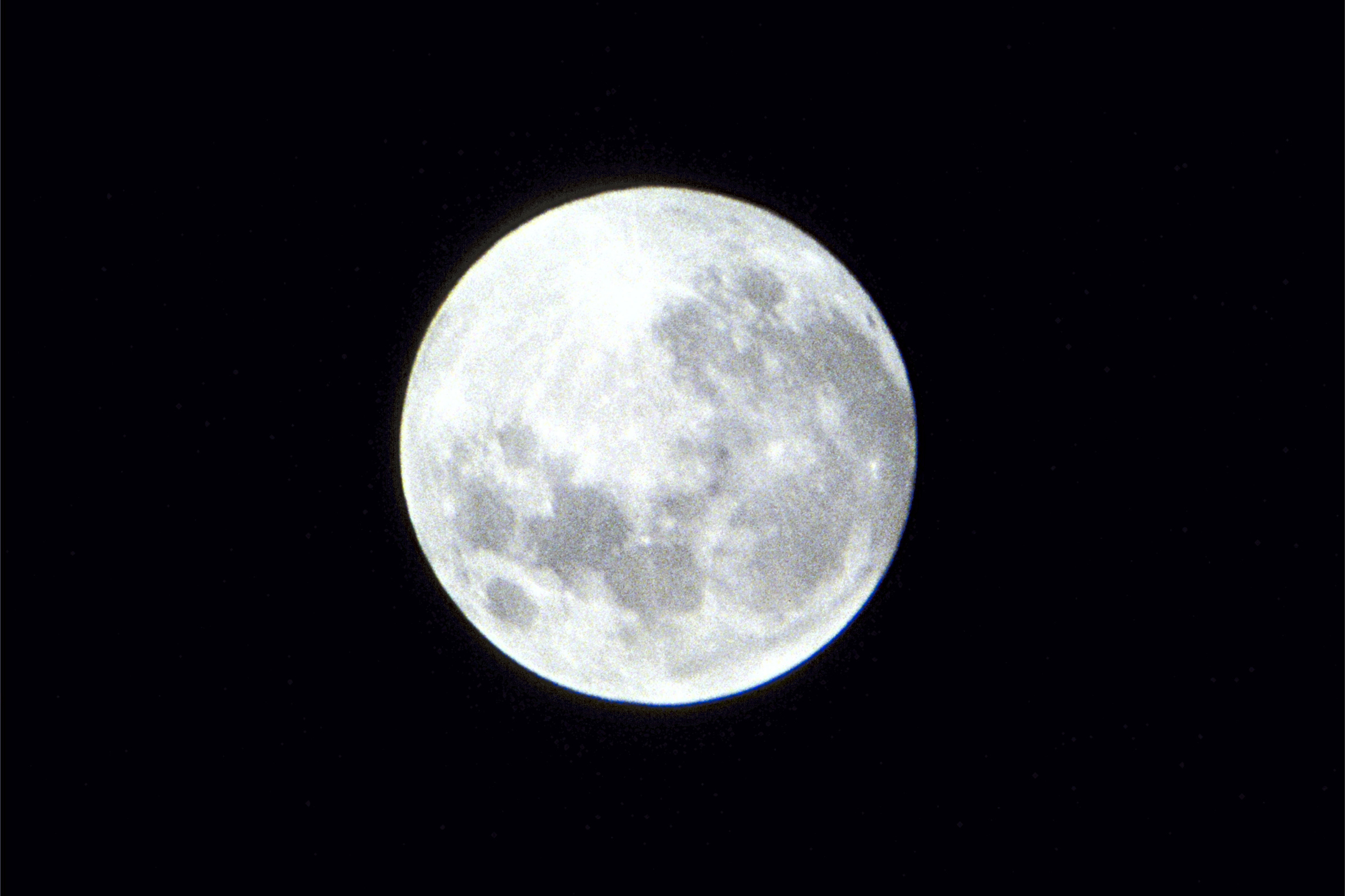
Overview: Why is our Moon important? Why can we sometimes see it in the day? What are the moons of other planets like? These questions and more will be answered in this unique planetarium program offered in Landmark Park’s full-dome planetarium.
Principles:
- Our moon cycles through phases, and this cycle is caused by the changing positions of the Sun, Moon, and Earth relative to each other.
- All the other planets in our solar system except Mercury and Venus have at least one moon.
- Other planets and moons have unique characteristics.
Key Terms: Star, planet, moon, orbit, Sun, moon phases, rotation, waxing crescent, first quarter, waxing gibbous, full moon, waning gibbous, third quarter, waning crescent, new moon, constellation, mythology, circumpolar
Full-Dome Planetarium Movie: Earth, Moon, & Sun
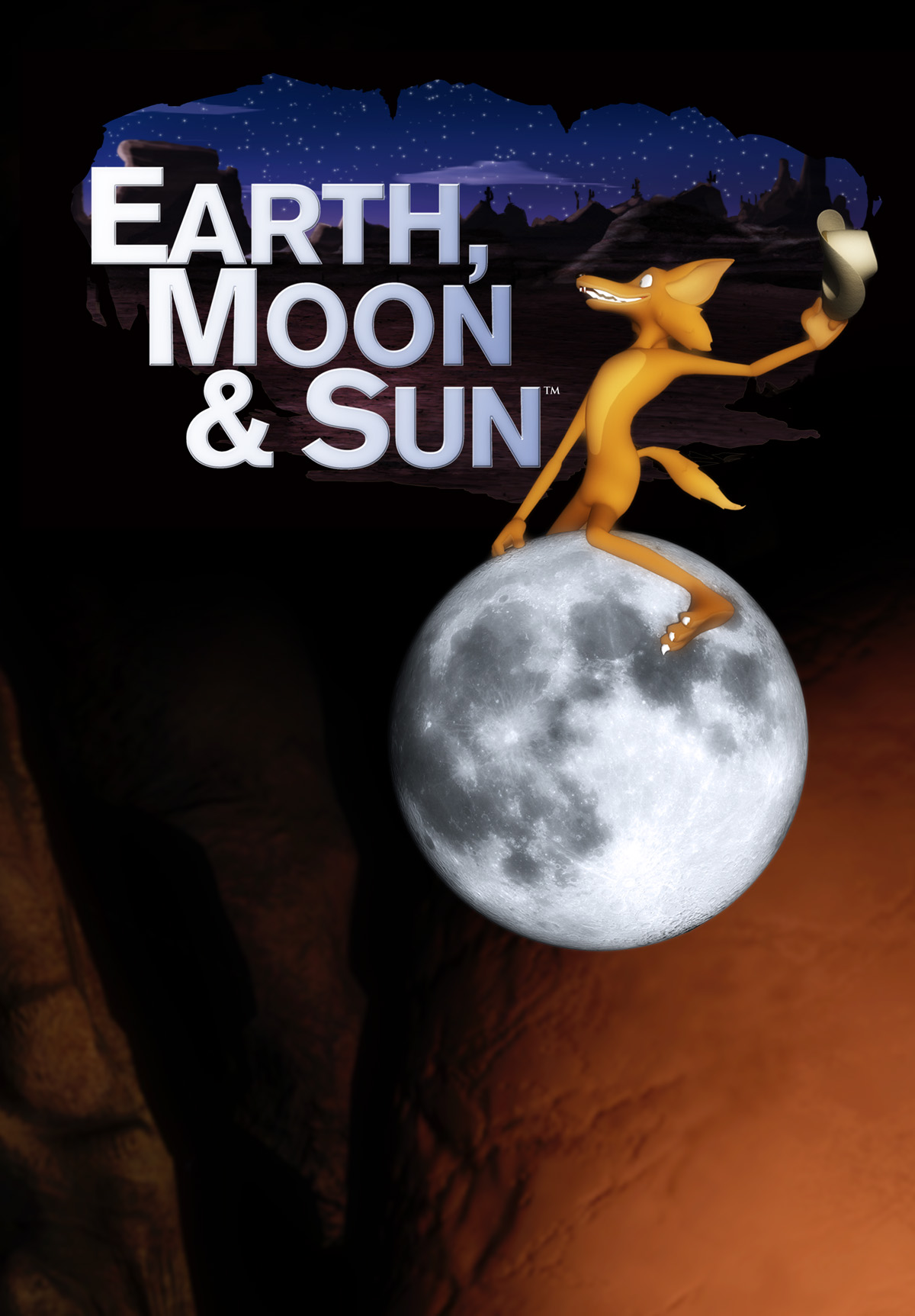
Program Summary: This planetarium show explores the relationship between the Earth, Moon and Sun with the help of Coyote, an amusing character adapted from Native American oral traditions who has many misconceptions about our home planet and its most familiar neighbors. His confusion about the universe makes viewers think about how the Earth, Moon and Sun work together as a system. Native American stories are used throughout the show to help distinguish between myths and science. Learn the basics of fusion and solar energy and why the Sun rises and sets. Examine the Moon’s orbit, craters, phases and eclipses. You’ll even take a look at past and future space travel to our Moon … and beyond!
This program begins and ends with hands-on activities for students to help them understand the relationship between the Earth, Moon, and Sun.
Program Length: Movie: 35 minutes, accompanying activities: 45 minutes
Key Terms: Solar, universe, telescope, atmosphere, planets, space walk, rotate, space, season, solar eclipse, lunar eclipse, orbit, planets, experiment, energy, astronomy, astronaut, misconception, climate, erosion, gravity, hemisphere, horizon, telescope, Maria, sundial, sunspots, rotation, photosynthesis, nuclear fusion
**Pre and Post trip materials are available for this program**
Full-Dome Planetarium Movie: Two Small Pieces of Glass

Program Summary: While attending a local star party, two teenage students learn how the telescope has helped us understand our place in space and how telescopes continue to expand our understanding of the Universe. Their conversation with a local female astronomer enlightens them on the history of the telescope and the discoveries these wonderful tools have made. The students see how telescopes work and how the largest observatories in the world use these instruments to explore the mysteries of the universe. While looking through the astronomer’s telescope, the students, along with the planetarium audience, explore the Galilean Moons, Saturn’s rings, and spiral structure of galaxies. During their conversation with the astronomer, they also learn about the discoveries of Galileo, Huygens, Newton, Hubble and many others.
This program begins and ends with hands-on activities for students to help them understand how a telescope works.
Program Length: Movie: 25 minutes, accompanying activities: 1 hour
Key Terms: telescope, reflecting telescope, refracting telescope, resolving power, Galileo, binary star system, Doppler effect, milky way, spiral nebulae, light years, geocentric model, heliocentric model, Andromeda galaxy, big bang, adaptive optics, aberration
**Pre and Post trip materials are available for this program**
Full-Dome Planetarium Movie: Astronomy: 3,000 Years of Stargazing
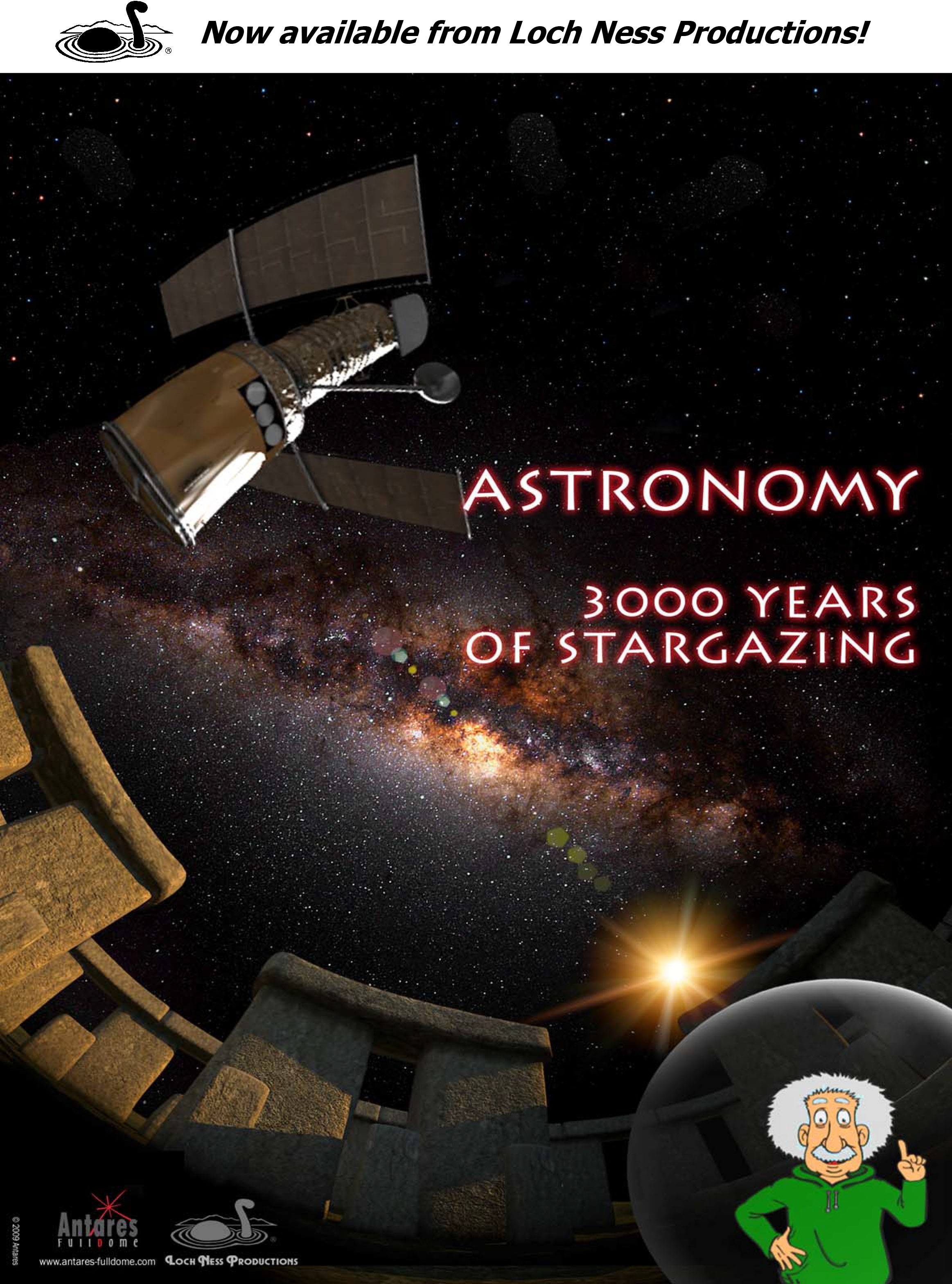
Program Summary: The sky, and everything that happens in it, has always piqued our curiosity. Eclipses, the regular cycle of the seasons, and the motion of the stars have fascinated us since our earliest ancestors looked up to the sky.
In the learned company of a cartoon Einstein, this show takes audiences on a tour of the major astronomical milestones of the last 3,000 years — from the cosmological models of antiquity, through the Ptolemaic system of epicycles, to the contributions of Copernicus, Newton, Hubble and many others. We explore the discoveries made possible by the use of technology — from the first telescope used by Galileo — to modern ones in use on Earth and in space. All have revealed the beauty of the cosmos.
This program starts and ends with hands-on activities for students to help them understand the history of Astronomy and stargazing.
Program Length: Movie: 35 minutes, accompanying activities: 45 minutes
Key Terms: Universe, cosmos, astronomy, solstice, equinox, Milky Way, telescope, galaxy, astrology, stars, planets, atmosphere
**Pre and Post trip materials are available for this program**

